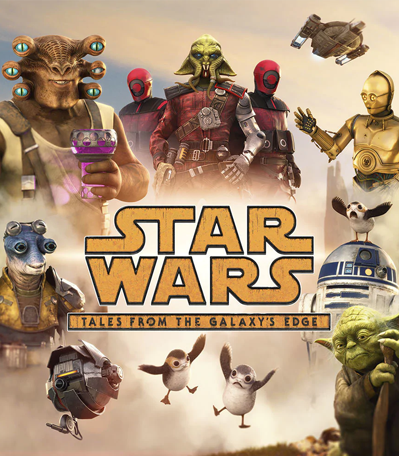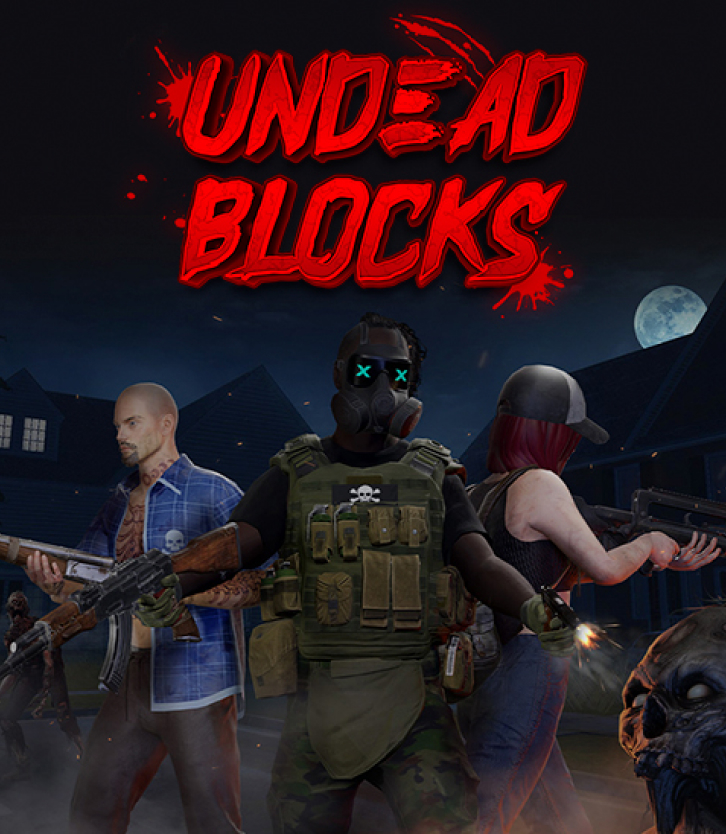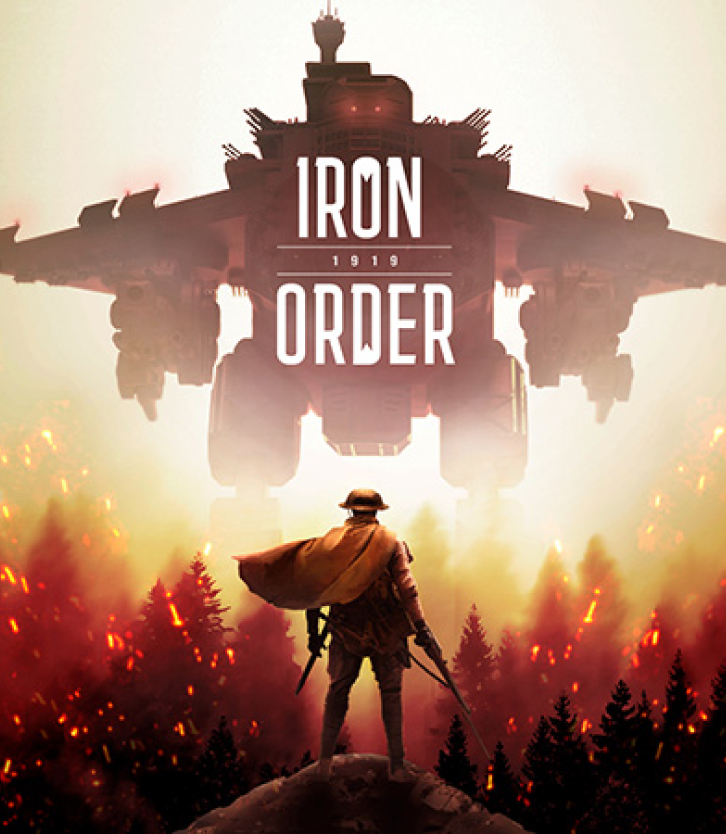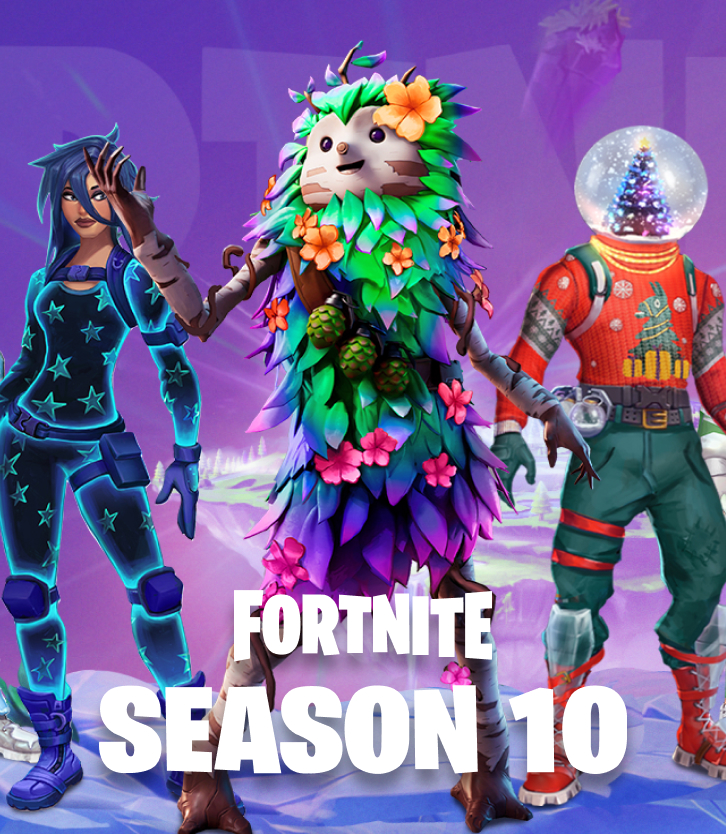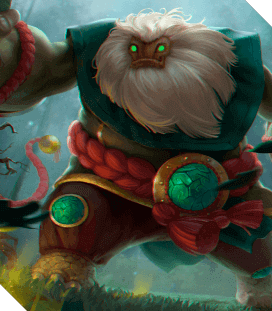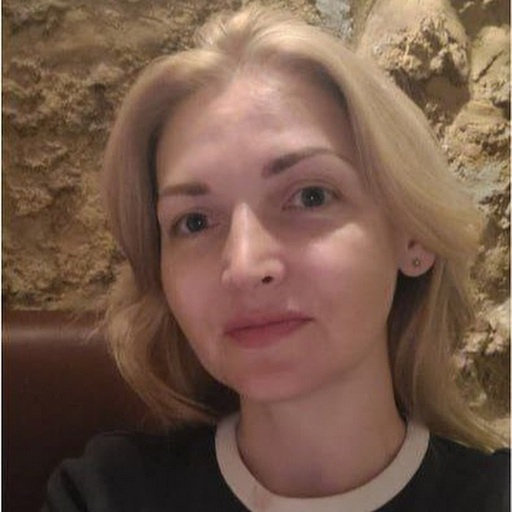Kevuru Games, a Ukrainian game production studio, has a lot of expertise in designing and making weapons for many AAA titles. The company’s Weapon Department is a strong and unified group ready to take on any difficulties thanks to its successful experience, attention to even the tiniest details, and accuracy in hitting the target when developing and implementing concepts for clients.
Ivan Dikhtyar, the Lead Weapon Artist, explains how his team tackles weapons design, how customer interaction works, why it is more challenging to model sci-fi than realistic weaponry, and why artists themselves go to a range and practice shooting.
Why Do Game Creators Place Such a High Value on Weapons
As in Call of Duty or Battlefield, the player’s weapon is always in front of their face in first-person shooters. The weapon is one of the primary visual components of gameplay because it is always visible to the player in excellent clarity and without blur.
Weapons, however, play a crucial role in third-person games as they are typically visible when aiming. Therefore, it is crucial to model and texture the object precisely in any game with shooting aspects.
At the same time, computer hardware keeps getting more powerful. Now that artists have more freedom, they may focus on details and produce more intricate forms. So that the weapon is complex, lifelike, and appealing, this is just what shooter enthusiasts are hoping for.
The player is fully immersed in the game’s environment thanks to weapons and other visual components. These might be vintage pistols from the 1920s or 1930s, Second World War relics, contemporary models like the AR-15 and AK-47, etc., depending on the story and genre. You have to create a weapon concept from scratch when it comes to science fiction, like a blaster that fires a laser.
How Our Weapon Department Works
A group of 3D artists often makes up the Weapon Department in a game development studio. Art directors and Concept artists in related disciplines provide them with concepts, references, and technical specifications. The concept of a weapon involves quite a bit of skill, so using the client’s technical data, you may determine how sophisticated the concept should be.
The weapon concept requires many skills and an understanding of the mechanics – how this type of weapon works and, based on the client’s technical documentation, getting to know how sophisticated the concept should be. That is why our Weapon Department has Concept artists who work directly with weapons and can implement all ideas reliably and accurately. Thus, we provide an entire cycle of weapon creation, from concept, 2D, and 3D art to game development models and animation.
When Juniors join our department, they collaborate with Senior specialists and develop experience quickly, eventually becoming Middles. Some of our team players are experts with genuine weaponry, while others are with stylized ones. Others want to develop both the first and the second.
The weapon’s creator must know all pipeline stages, including high-poly, low-poly, UV, baking, and texturing. We offer internal corporate courses for artists and frequently hold knowledge-sharing meetings to support our staff’s development.
We know that to avoid mistakes in the details, such as failing to comprehend the layout and operation of a particular firearm, it is vital for Weapon artists to understand how the weapon functions. Even if we are discussing the creation of futuristic weapons with stylized designs, they still need to be logically constructed and operate according to physics.
What Challenges Weapon Department Experts Encounter
Most of the time, clients come to us knowing pretty much exactly what kind of weapon they need. However, there are also cases where clients need a clearer vision. Then we present our idea. We submit it to work if the client approves; if not, we ask them to create a Reference Board.
For instance, one of the clients displayed various models for us to choose from. They preferred the machine gun’s handle and buttstock as well as the pistol’s drum. As a consequence, we combined these references to create the idea of a stylized laser blaster. The client was happy.
Working with realistic models is easier than creating fancy weapon concepts. When modeling a real gun, for instance, we know all of its specifications down to the millimeter, and we have comprehensive drawings of every component, such as a Picatinny rail. We can work on it using a precise reference.
All these details must be established independently when creating a stylized or sci-fi weapon, especially if the customer originally only has a general concept and Block Out. For instance, a firearm has a specific magazine loading process that requires you to understand how to put in a magazine filled with cartridges, how to connect and detach it, etc. All of this should visibly match the weapon’s overall design.
These tasks appeal to our artists since coming up with ideas from scratch is always a fun creative challenge. But it’s crucial to keep in mind that more time needs to be set aside for this task.
The Technical Algorithm of Creating Weapons: Stages of Process
Concepts or client references are where it all begins. Say the assignment is to construct a SPAS-12 shotgun. We go over the specifics with the client prior to beginning work, such as the degree of wear that this model will experience.
Blocking
The detailed blockout is then developed. One of the best CAD tools is Fusion 360, where we work. Fusion 360 simulates the operation of a weapon lathe there, observing all the necessary degrees of the cutter’s work, making it easier to make Hard Surface models there. We complete the assignment with this tool roughly twice as quickly as we would have without it.
High-Poly
We load the model into ZBrush or Blender after understanding its proportions with the client. There, we apply chamfers — soft transitions between planes — to bring some components to the ideal, and if the concept initially calls for it, we also create chips or crumples. The client is then shown the final high-poly.
Low-Poly + UV
The low-poly creation process is the next phase. Artists use whichever program is most practical for them. This is typically 3ds Max, Maya, or Blender. For UVs, we use UV Layout or RizomUV. The model is then put together in the software described in the client’s technical documentation, and anti-aliasing groups are assigned for additional model baking. The client probably has a well-oiled pipeline, so we must deliver and configure the weapon model in accordance with their technical specifications for this job.
Baking
We bake the Normal map and the Ambient Occlusion map in the Marmoset Toolbag.
Texturing
To create textures, we finally import our model into Adobe Substance 3D Painter. Then, we unload them for the customer’s preferred engine, such as Unity or Unreal Engine.
The complexity of the weapon and the necessity to optimize it for a particular project typically determine the number of client approvals. If the project is complicated, we review the work at each intermediate level, including blockout, high-poly, low-poly, UV-mapping, baking, and texturing.
Additionally, in situations involving some projects, clients themselves frequently state, “We’ve given you the number of polygons and expectations for textures, so we’re waiting for the final version.” The high-poly and texturing processes are then the only ones left to coordinate.
Where Weapon Artists Look for Life Hacks and Inspiration
We’ve already said that the weapon creator needs to have a solid grasp of the weapon’s operating principles. The most important duty is accurately replicating the geometric model with its contours, forms, and technical aspects. It is insufficient to create something like a gun from a single image. In the long run, we will obtain a flawed model with an inaccurate width, missing components, etc.
Even with multiple photos taken from various angles, though, things still aren’t enough. If at all possible, a competent artist should be able to handle the weapon in their hands and feel its ergonomics in order to fully comprehend its features. Learning how to disassemble and reassemble weapons, put canopies on, put a sound moderator on the Picatinny bar, and do other things is helpful.
The guys from our team frequently go to shooting ranges and weapon stores to do this, look at building components, and practice shooting. Due to the fact that even airsoft models operate on the same principles as real combat weapons like rifles and machine guns, they are excellent training tools.
We utilize the World of Guns app, where all models are detailed and have clearly defined qualities if studying weapons in person is not an option.
Junior specialists are advised to practice as much as possible. It is preferable to start with accessories like a bipod, a laser pointer, a flashlight, and fire transfer handles. They contain fewer design elements and more straightforward shapes, making them simpler to model and texture.
A specialist in building 3D models of firearms is known for their passion and attention to detail. Because of this, it’s crucial to understand the characteristics of the materials the weapon is constructed of, to point out where rust and scuffs appear, etc. Models without sufficient texture detail will appear plastic or cartoonish. Conversely, if the artists feel the material and become familiar with the design, structure, and proportions, the end result will be realistic and meet the demands of the most discerning customers and players.

